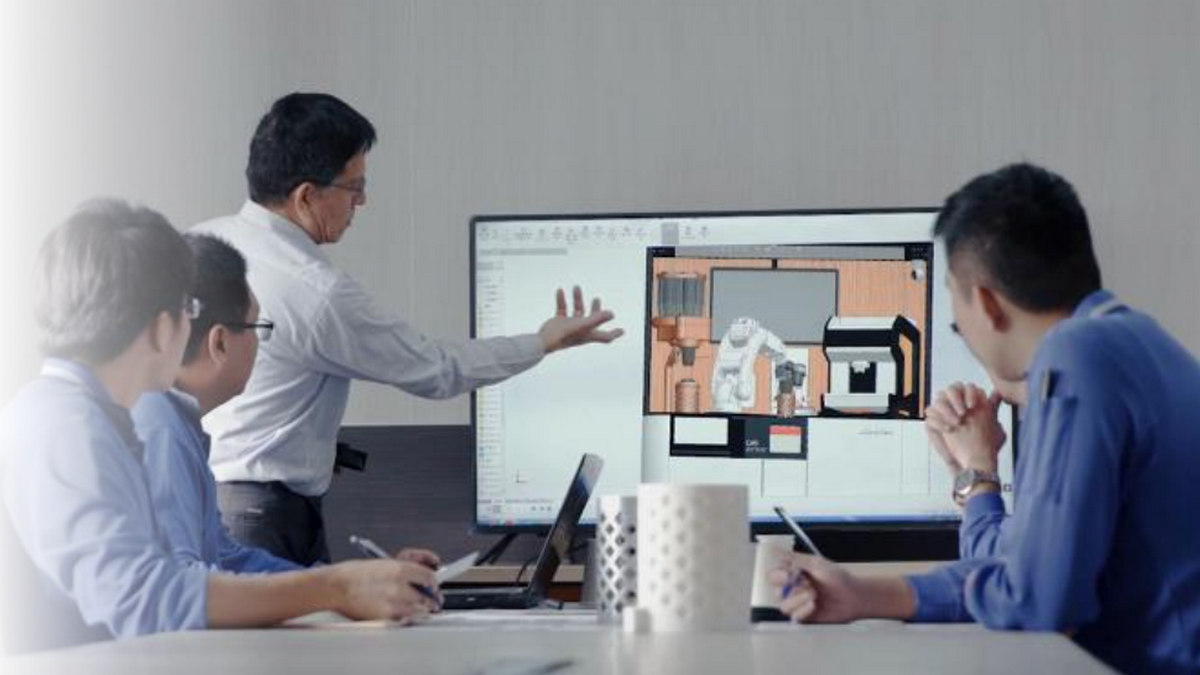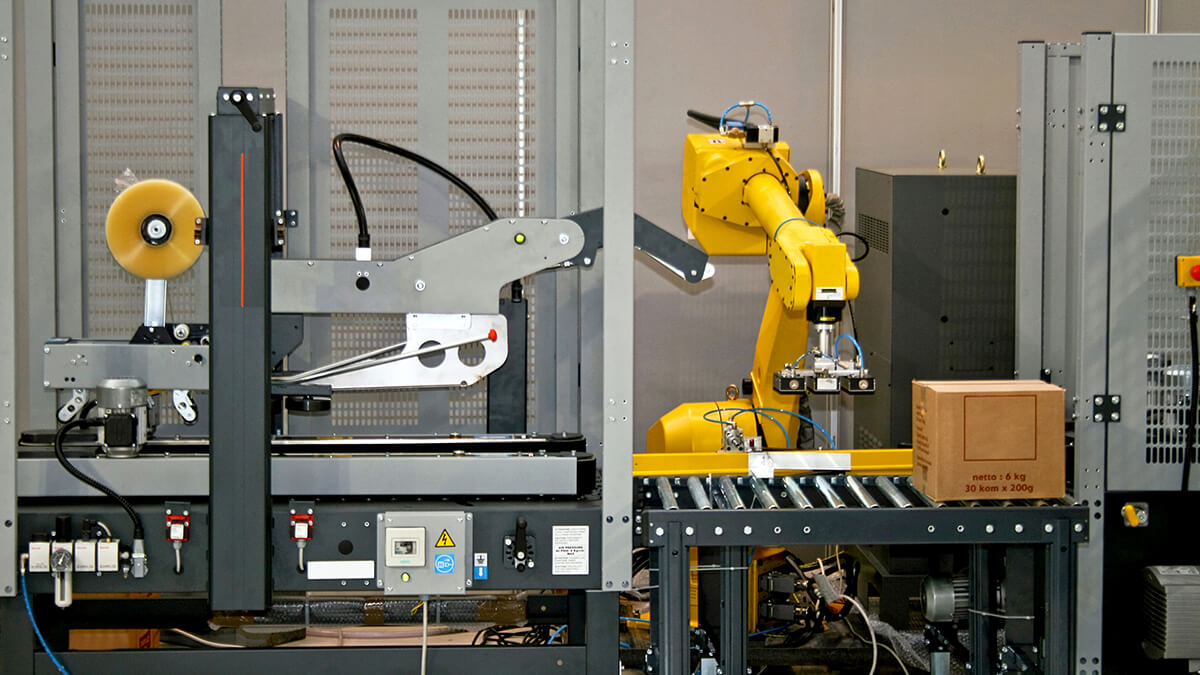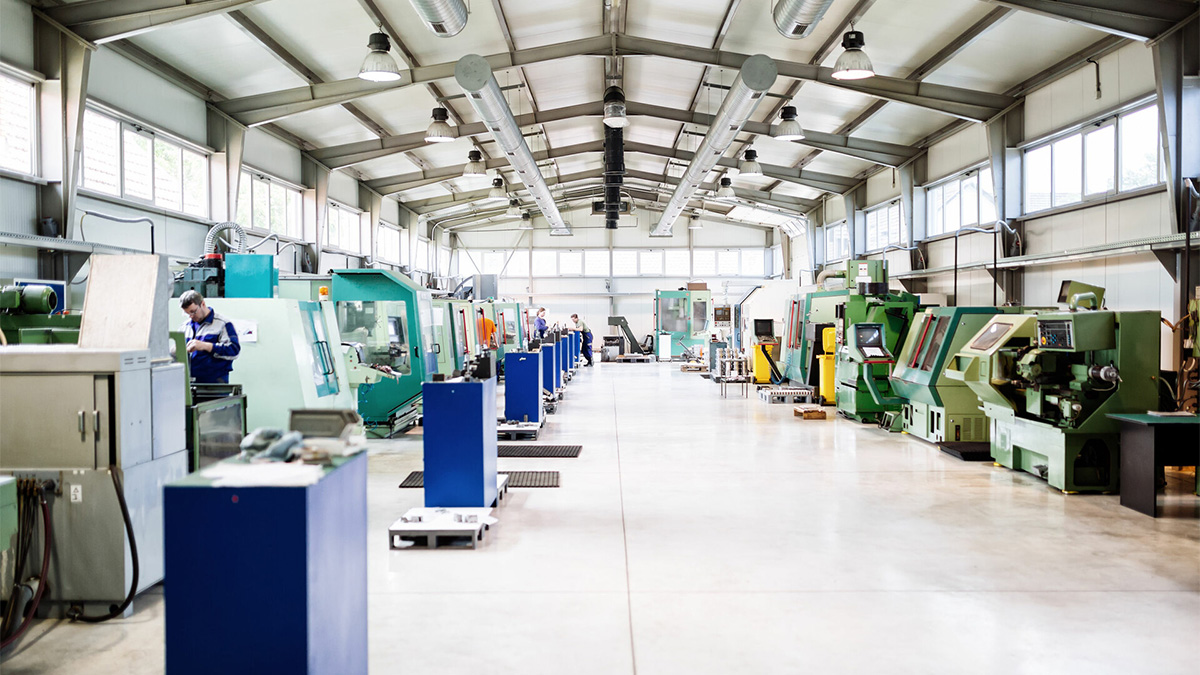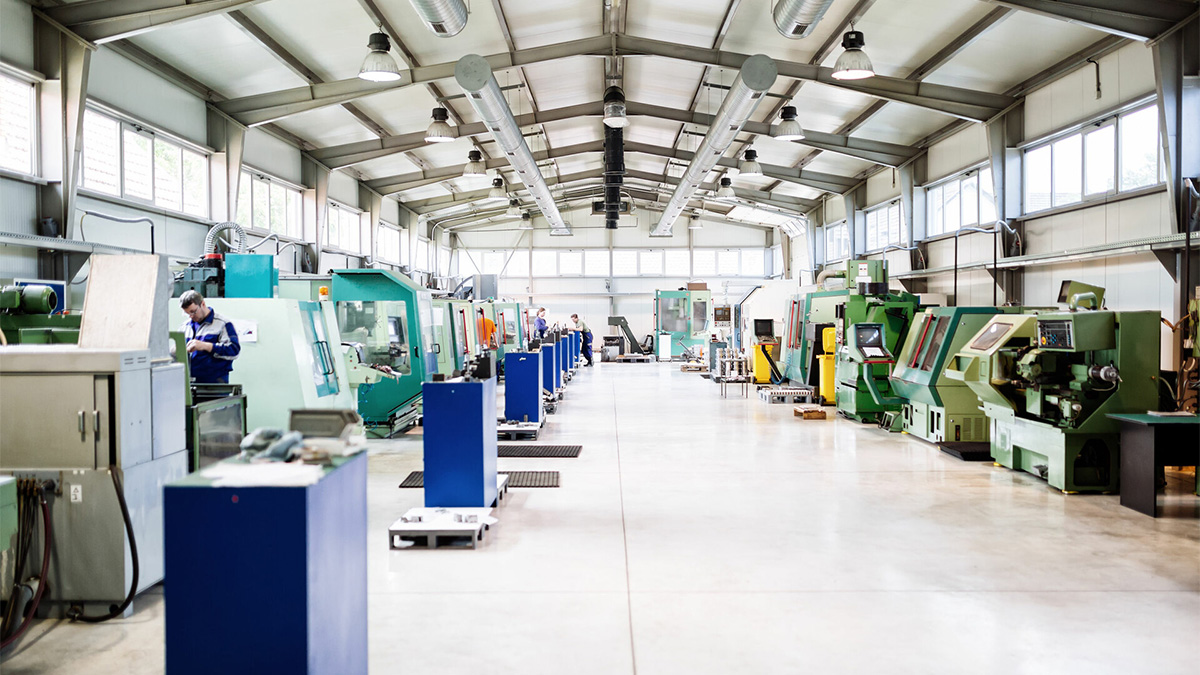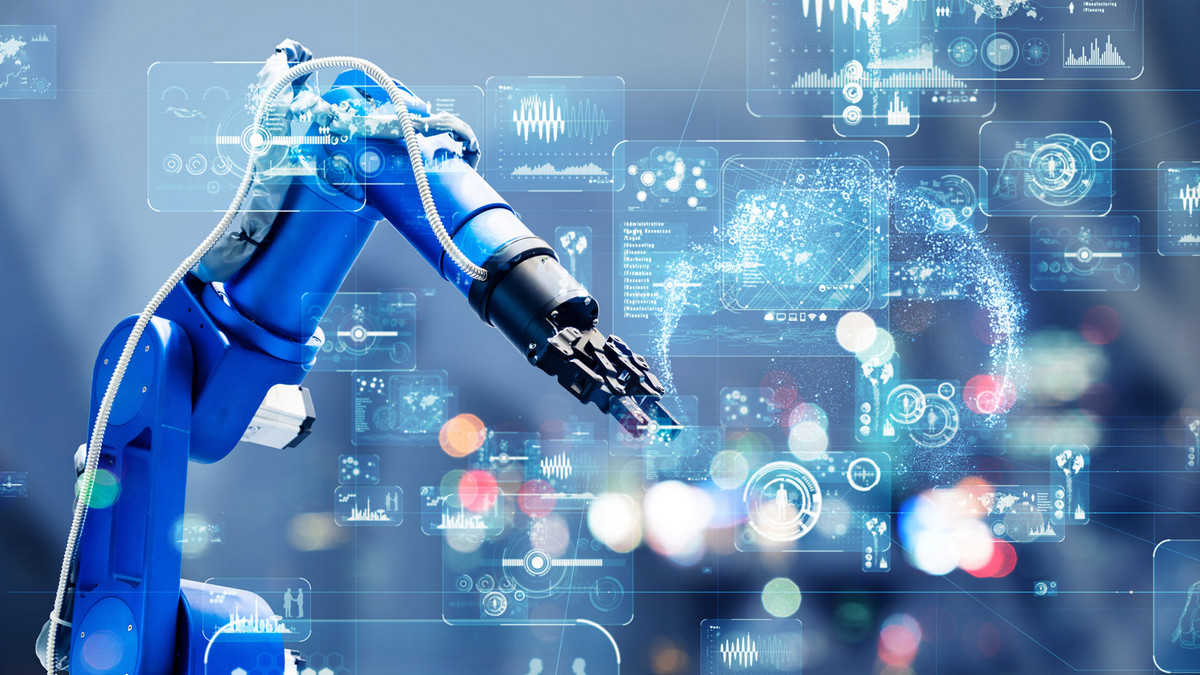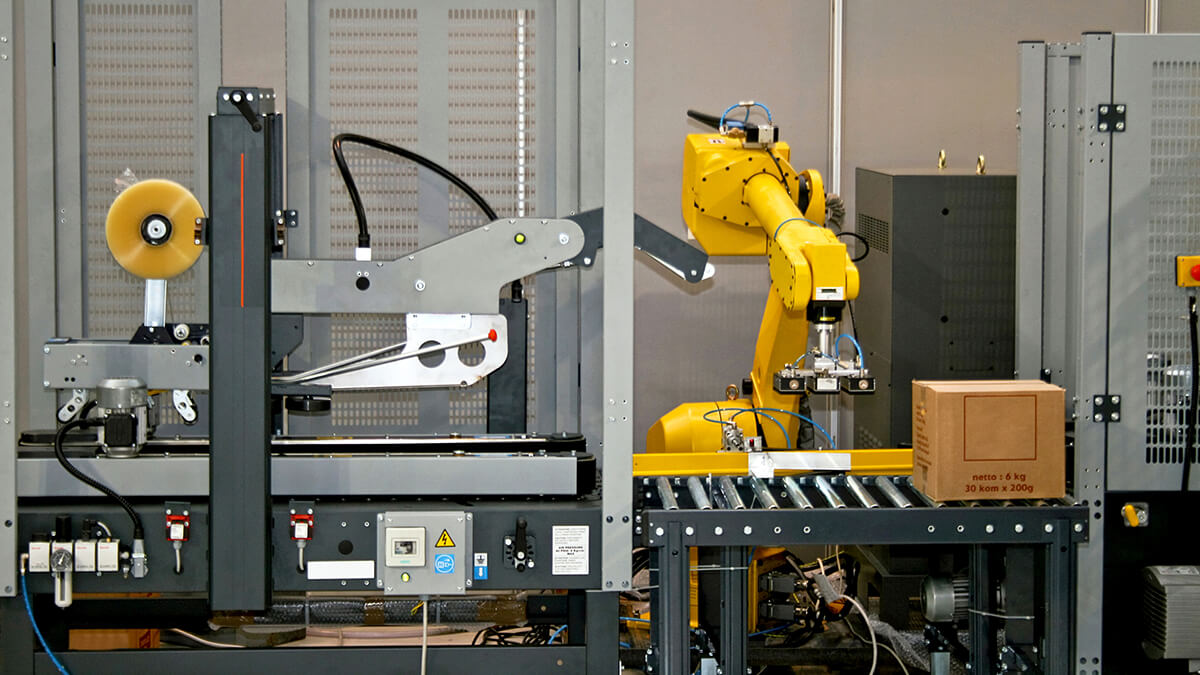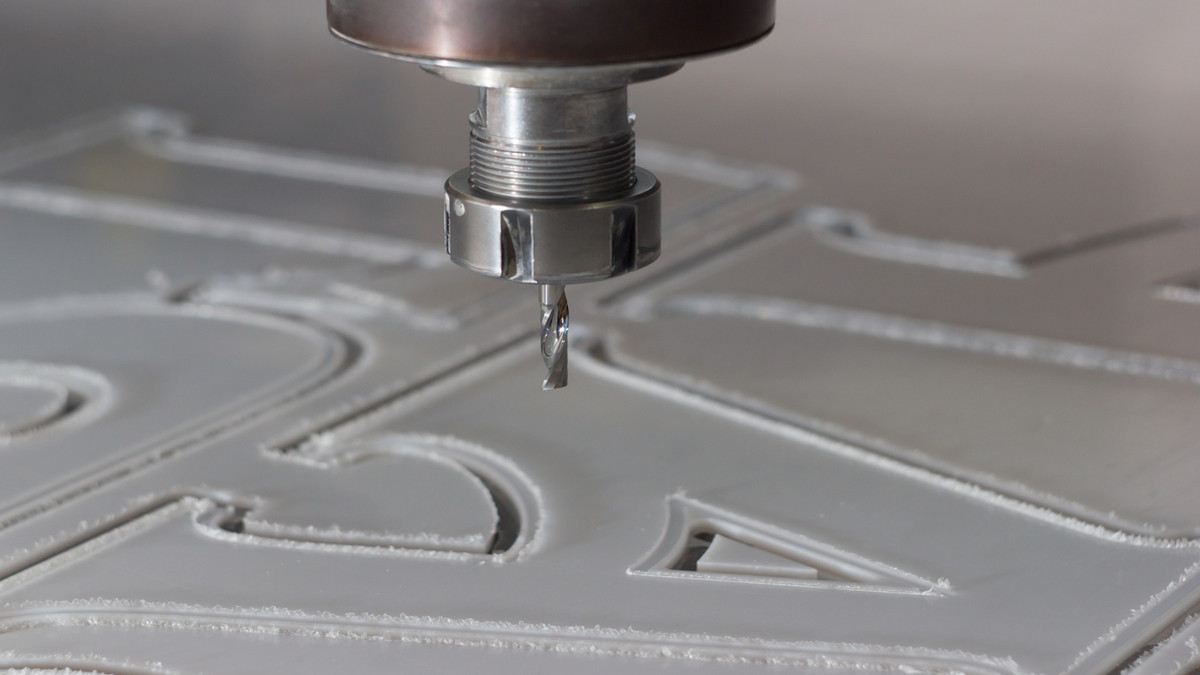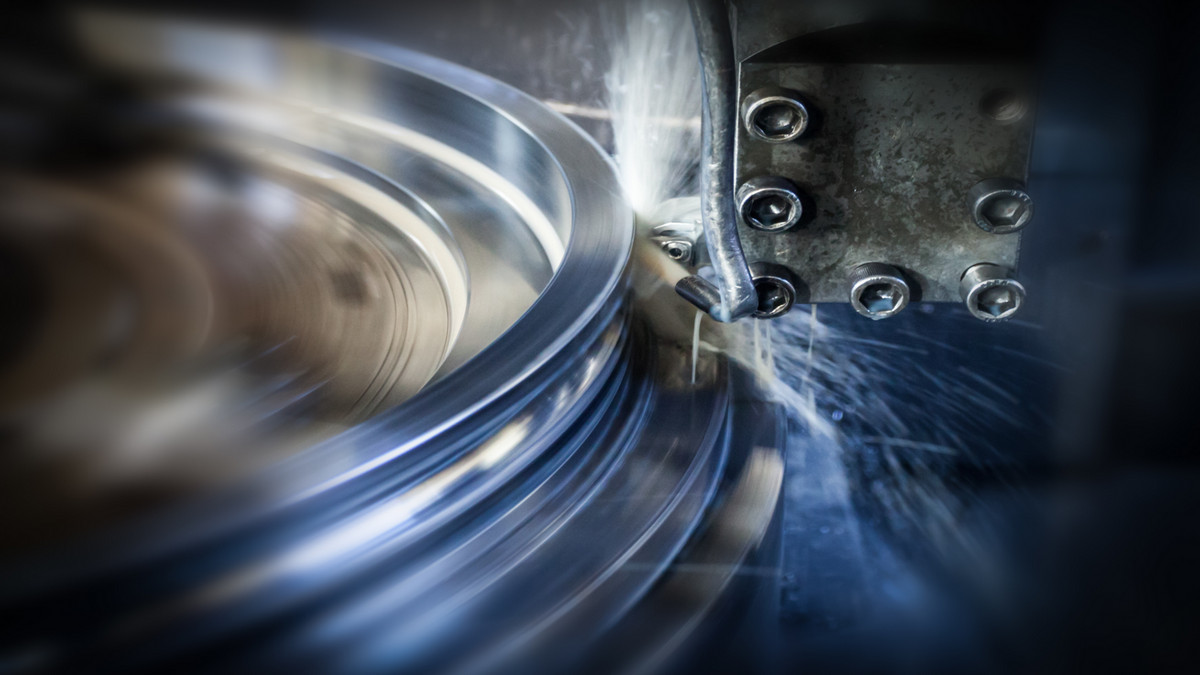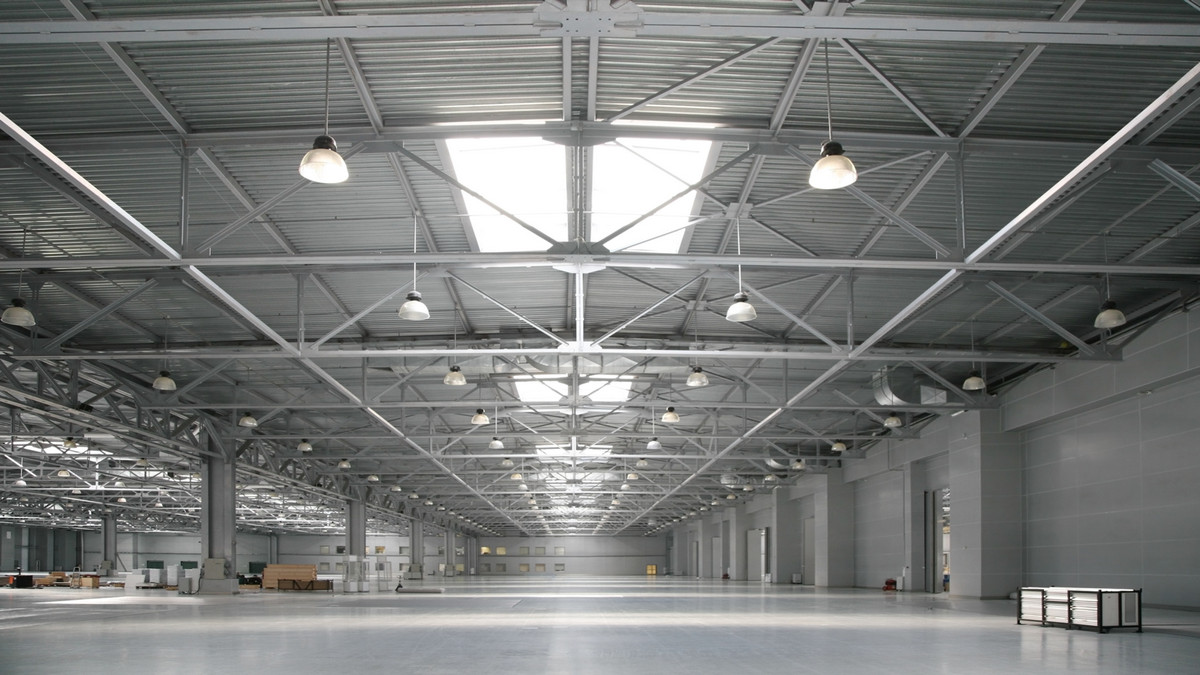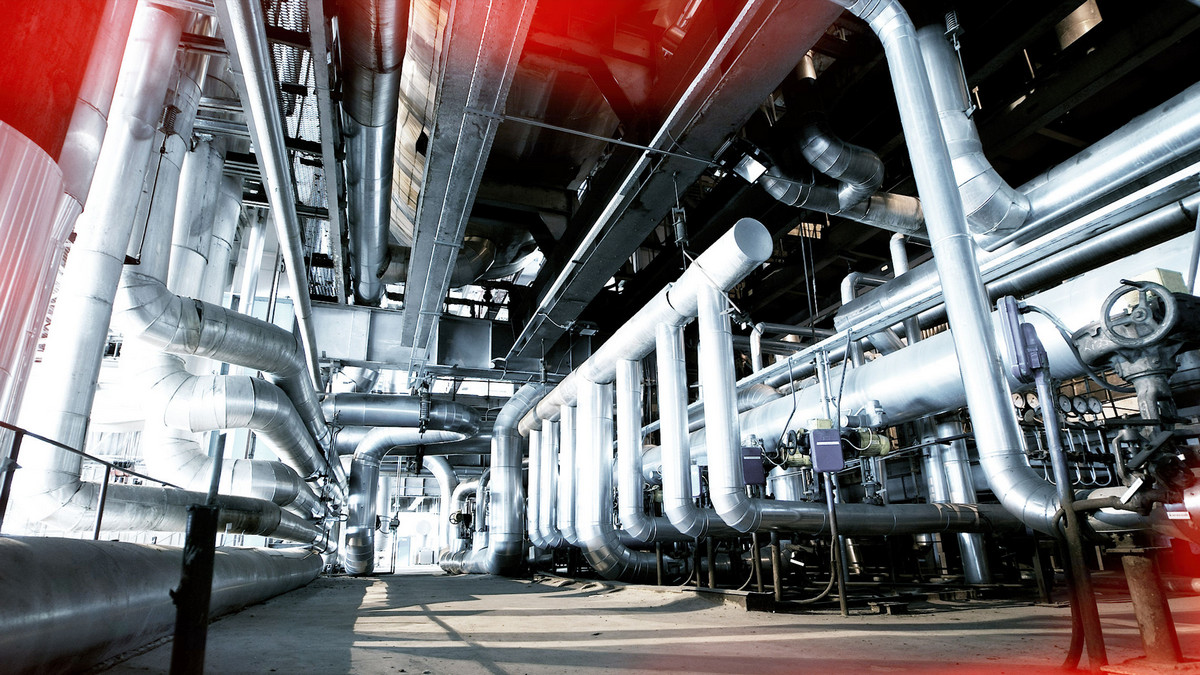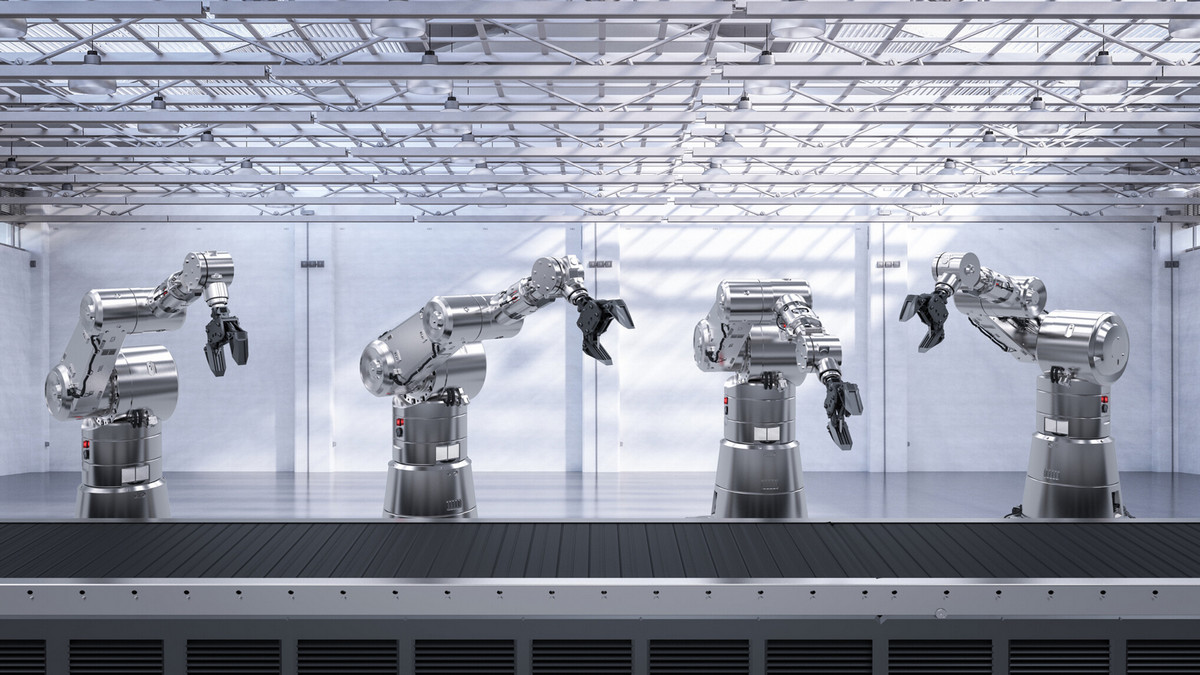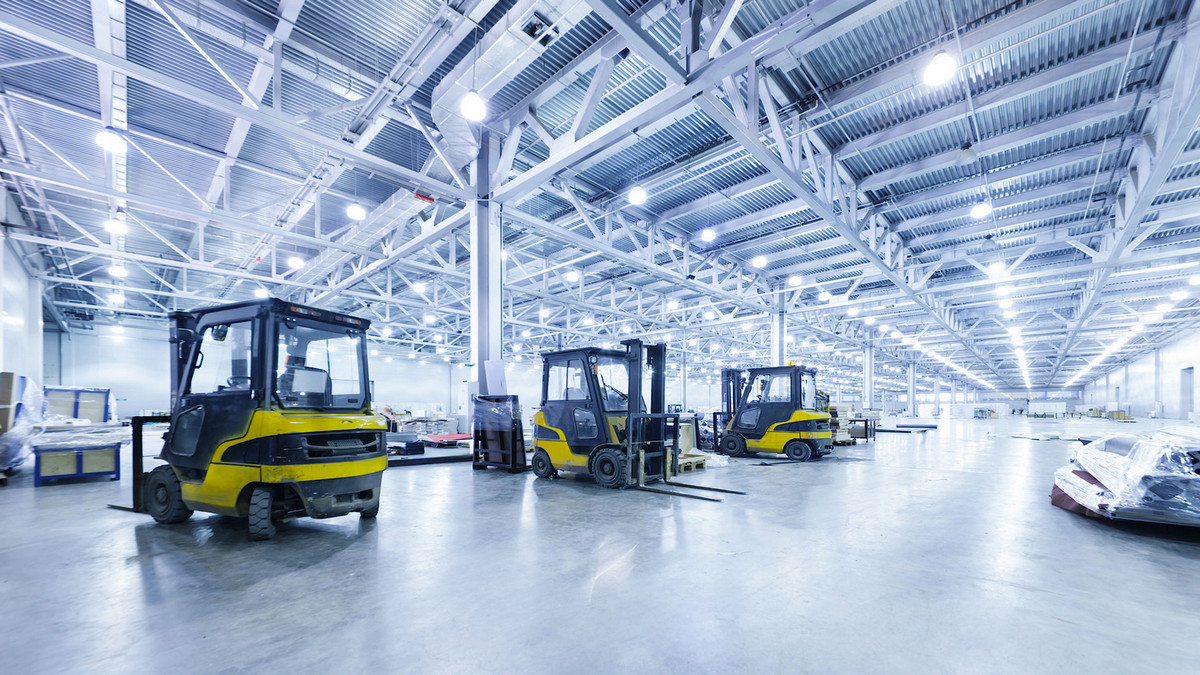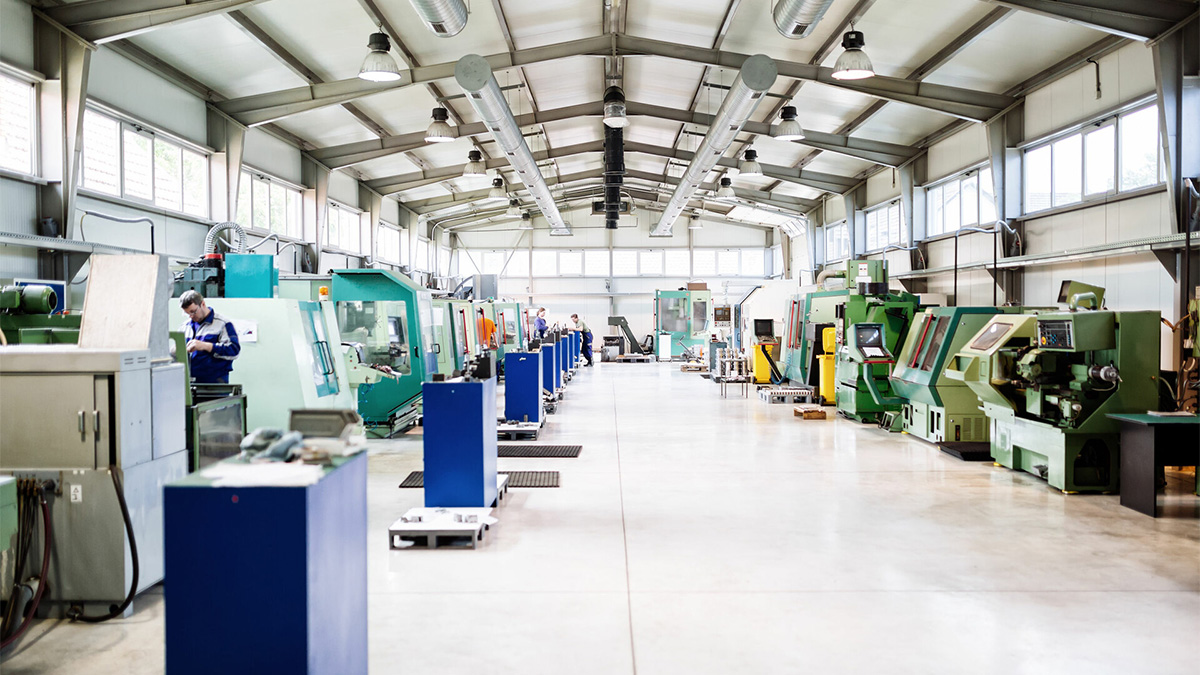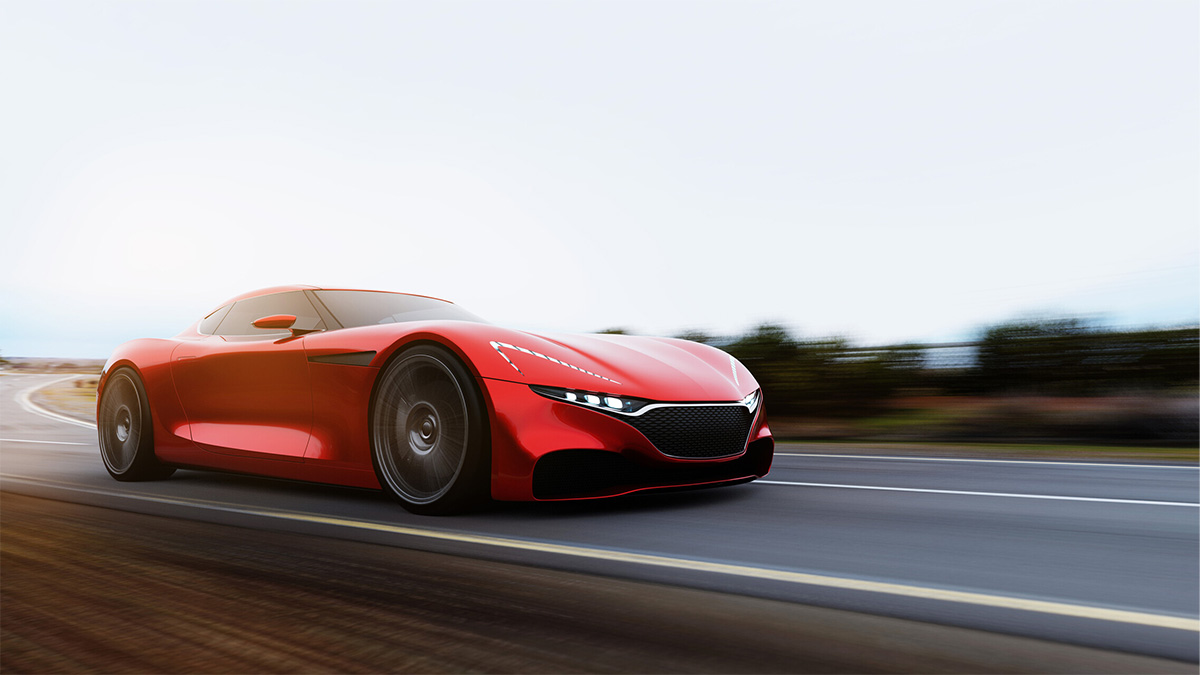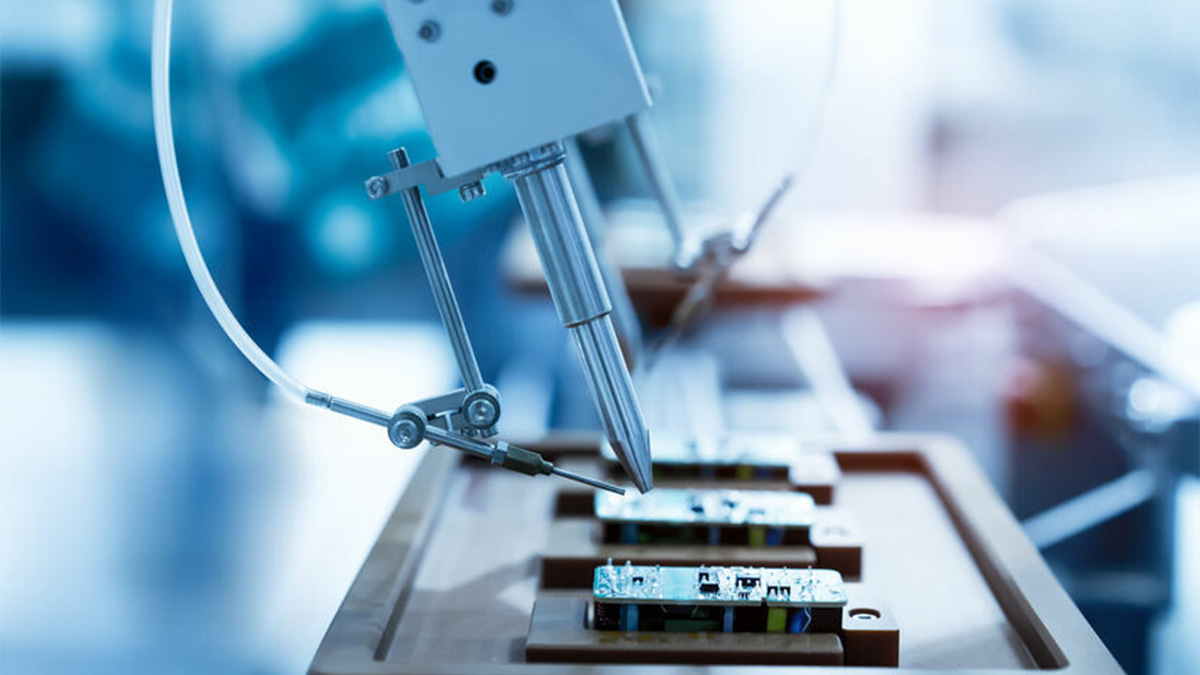- Showing results for
- Automated Industry
In a world where technology continually shapes our daily lives, the coffee catering industry is no exception. Innovation is the key to staying ahead, and LEADER AUTOMATION CO., LTD. is leading the way in the coffee catering industry, specializing in the design and manufacturing of cutting-edge Robotic Coffee Shops, Flower Jelly Printers, and Robotic Bubble Tea Shops.
2024-02-19 16:41:24
In the present day, conventional industries are blending Internet of Things technology to drive the evolution of Industry 4.0 and the advancement of smart manufacturing.
2023-10-27 10:30:52
The emergence of automation has had a great impact on many industries. Many highly repetitive factory operations may restrict production capacity. With the introduction of Industry 4.0, various technologies have led to the automation of production lines, from the supplying of raw materials, to assembly, distribution, and packaging. People are taking notice of these very important developments, and this article will explore some of these new forms of automation, and the value they bring.
2023-09-15 09:52:37
The emergence of automation has had a great impact on many industries. Many highly repetitive factory operations may restrict production capacity. With the introduction of Industry 4.0, various technologies have led to the automation of production lines, from the supplying of raw materials, to assembly, distribution, and packaging. People are taking notice of these very important developments, and this article will explore some of these new forms of automation, and the value they bring.
2023-08-03 10:47:01
Hyperautomation is the use of the power of multiple technologies to achieve end-to-end automation. Hyperautomation is the process of continuously integrating automation into an organization's business processes, combining advanced technologies such as robotic process automation (RPA), artificial intelligence, and machine learning to enhance the results of human work. Not only does it automate key processes, but it also builds an automation ecosystem that finds more processes that can be automated without human intervention.
2023-08-03 10:39:52
Nowadays, the traditional industry combines the technology of the Internet of Things, towards the innovation of Industry 4.0 and the development of intelligent manufacturing.
2023-08-03 10:21:44
In the trend of industrial automation, motion control is a key part of it. Automating operations through machines can avoid a lot of human error, and can also speed up production efficiency and efficiency. How to make the machine act according to the command is the application category of machine motion control.
2023-05-04 10:20:17
Information is power. Information can not only adjust decision-making but also help discover market opportunities. Use advanced motion control technology to optimize the performance of automated machines.
2023-04-25 13:52:54
During the operation of a factory, the flow of materials determines the production efficiency of the factory. Recently, production lines have gradually added automation equipment, but the supply or handling of materials to and from the production line still relies on manual handling operations. This often results in unsmooth logistics and interrupted production flow. To avoid interruptions in supply, and reduce storage and production space, Automated Guided Vehicle (AGV) technology offers an unmanned management solution.
2023-03-16 14:55:07
In aluminum, magnesium alloy die-casting molds, and gravity metal mold-casting molds, the design of the cooling system is also a key. The cooling system sometimes called the cooling pipe or the cooling circuit is composed of a series of high thermal conductivity materials. Its purpose is to take the heat away from the molten metal through direct heat conduction and realize the control of the mold temperature. Controlled, and directed cooling, to allow castings to cool as quickly as possible.
2022-12-06 10:12:31
Industrial robot system integrators are located at the downstream application end of the robot industry chain, providing application solutions to end customers. It is responsible for the secondary development of industrial robot applications and the integration of peripheral automation equipment and is an important part of industrial robot automation applications.
2022-12-05 14:06:13
Under the international consensus on carbon reduction, the wave of electric vehicles has swept the world and has become the focus of attention from all walks of life. It is predicted that the proportion of electric vehicles will increase significantly from 2030, and it is estimated that it will reach 55% of the global car market by 2040, surpassing the proportion of traditional fuel vehicles. In the era of electric vehicles, it will indirectly lead the machine tool industry to develop a new layout.
2022-06-30 11:08:09
According to estimates, the compound annual growth rate (CAGR) of the global warehousing automation market is expected to reach 12.6% in 2023. Private equity firms are actively involved in acquisitions to improve products and services and increase revenue.
2022-06-20 11:46:22
The emergence of automation has had a great impact on many industries. Many highly repetitive factory operations may restrict production capacity. With the introduction of Industry 4.0, various technologies have led to the automation of production lines, from the supplying of raw materials, to assembly, distribution, and packaging. People are taking notice of these very important developments, and this article will explore some of these new forms of automation, and the value they bring.
2022-05-19 15:46:45
The German automotive industry has always been a core industry driving employment and economic growth, and maintaining global competitiveness.
2022-05-17 14:59:41
Over the last several years, Robotic Process Automation (RPA) has drummed up excitement among IT and business alike. It promises a bright future of humans leveraging robots to automate repetitive and mundane tasks, freeing themselves up for more creative work. But what RPA is really capable of is worth a reality check.
2022-04-21 14:58:18
4.0 Automation technologies, through the IIoT (Industrial Internet of Things) connect, control and monitor networks of manufacturing and processing machines, devices, robots and cloud information in real time via Cloud Monitoring. This allows them to learn, operate and function automatically, minimizing human intervention and optimizing production.
2022-03-23 15:11:57
The New Generation of the Electric Vehicle Industry: The Revolution of Vehicle Electrification
2022-02-21 11:38:03
During the operation of a factory, the flow of materials determines the production efficiency of the factory. Recently, production lines have gradually added automation equipment, but the supply or handling of materials to and from the production line still relies on manual handling operations. This often results in unsmooth logistics and interrupted production flow. To avoid interruptions in supply, and reduce storage and production space, Automated Guided Vehicle (AGV) technology offers an unmanned management solution.
2021-08-25 15:25:46
Smart machine tools originally referred to various stand-alone machines with auxiliary software functions, developed for machine tool factories to improve machine tool operating efficiency. In recent years, under the wave of Industry 4.0, smart machine tools have been given new definitions. Besides having enhanced auxiliary functions, smart machines need to complete production in coordination with all the equipment in the factory through the communication interface.
2021-08-19 13:36:33
Agree

